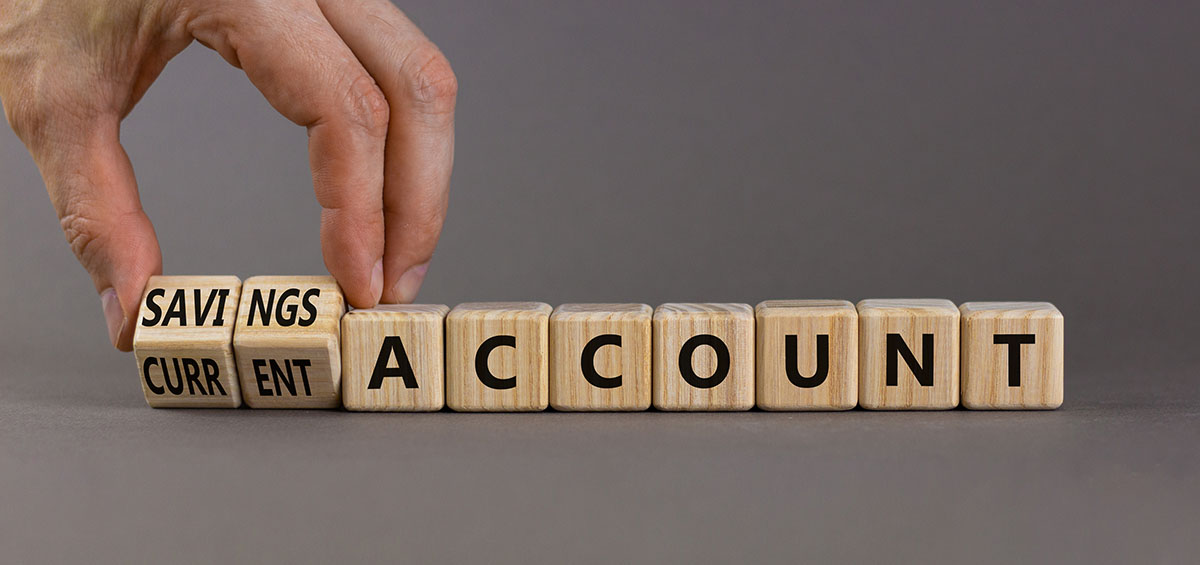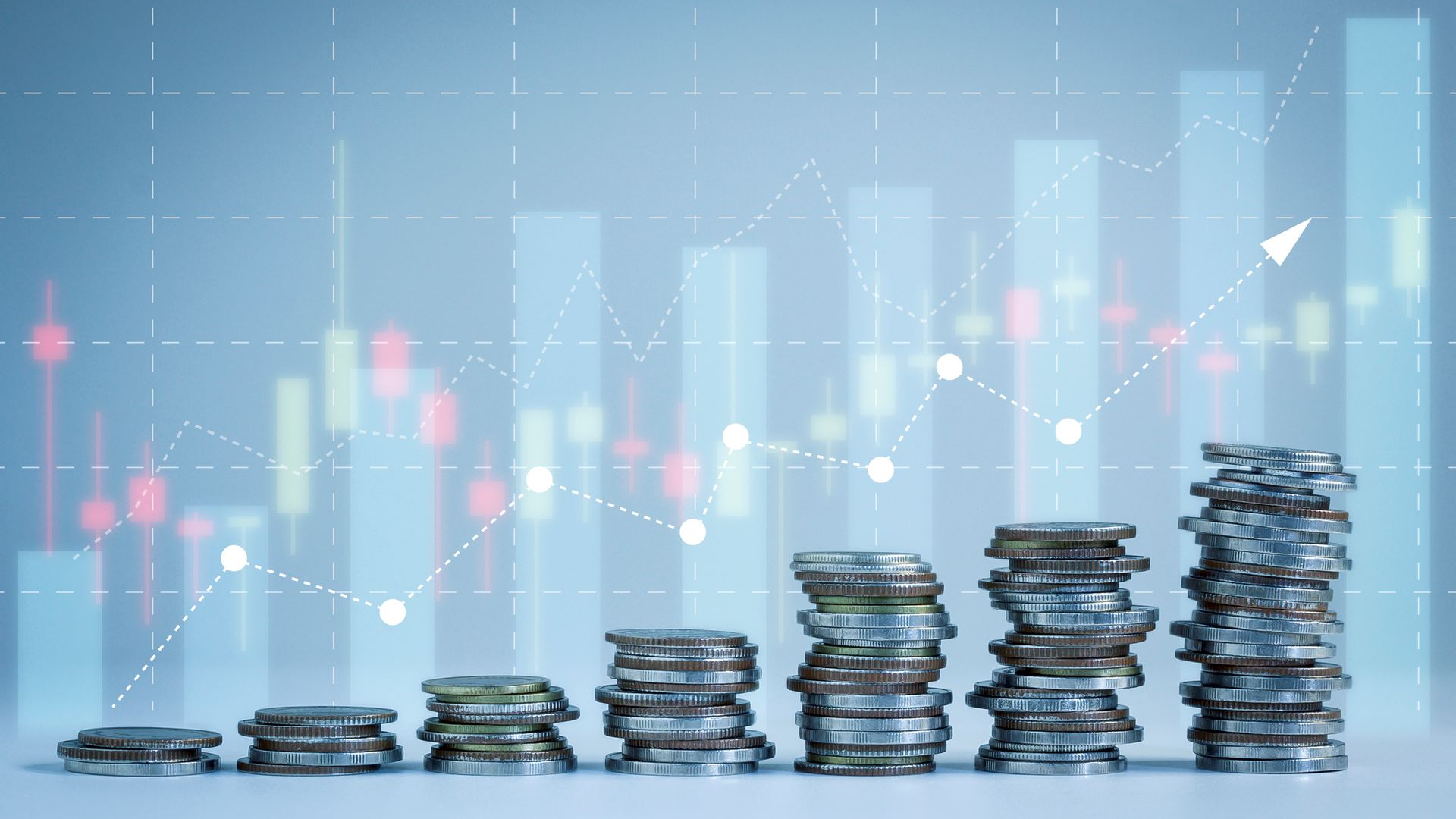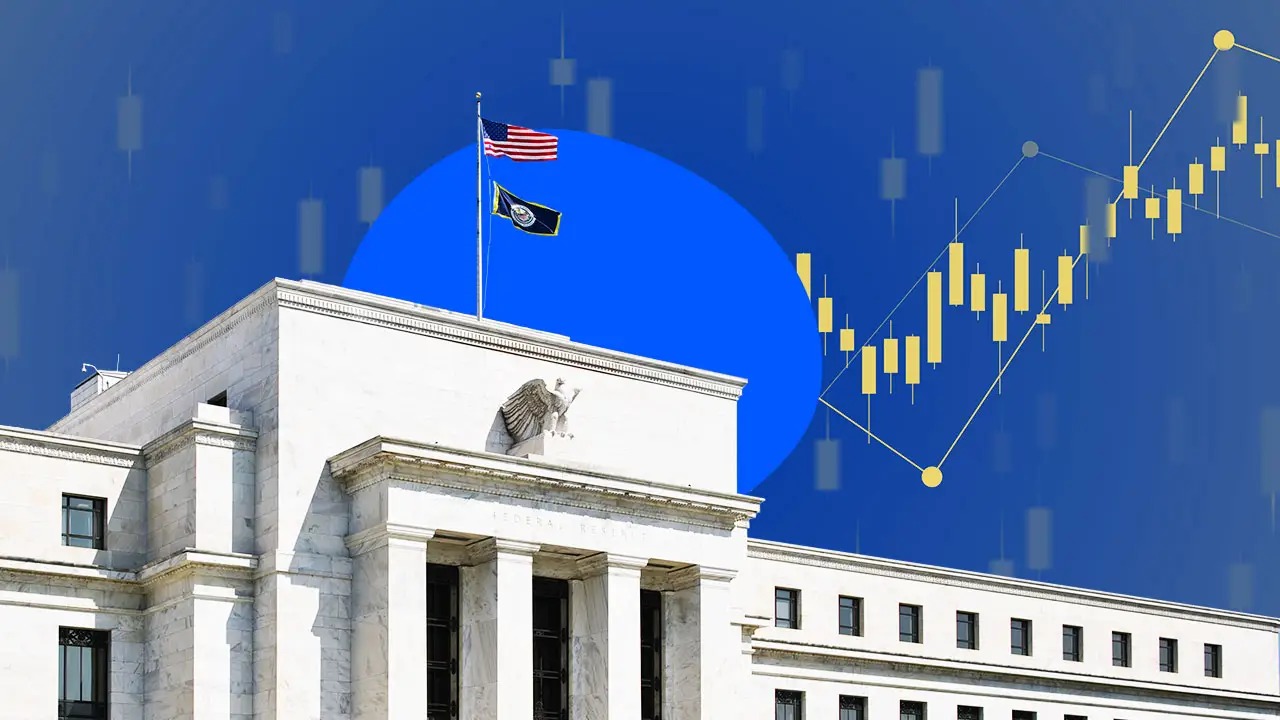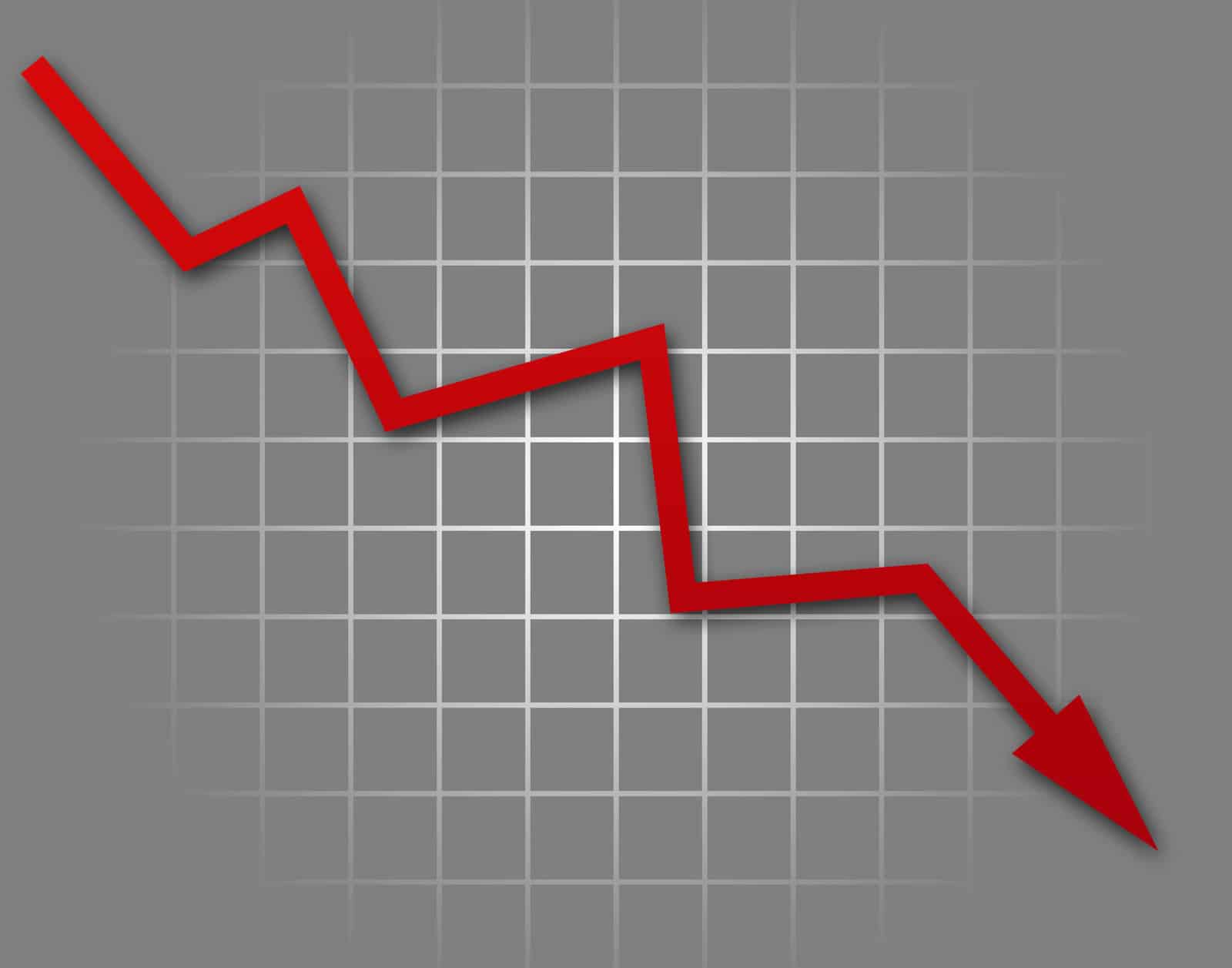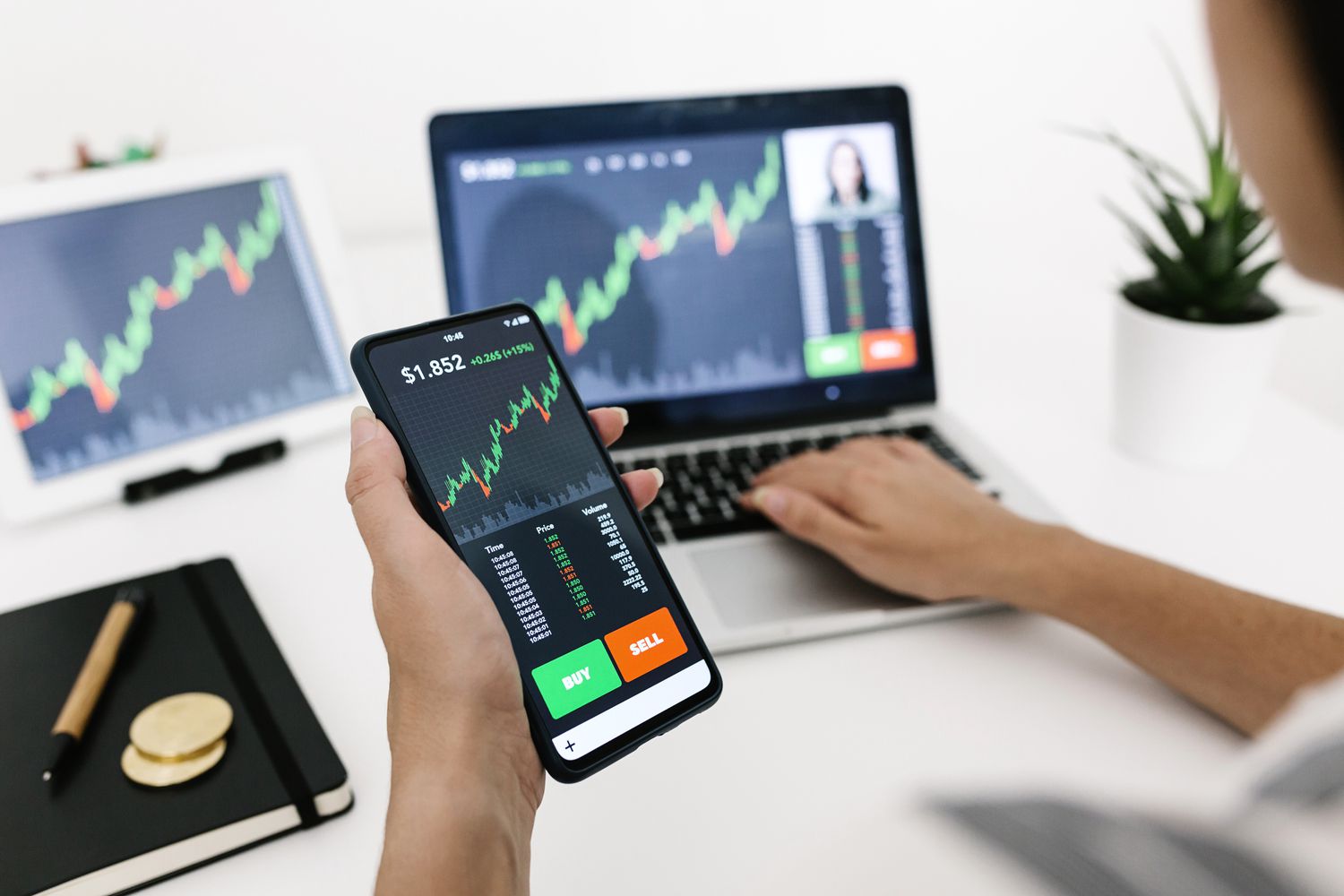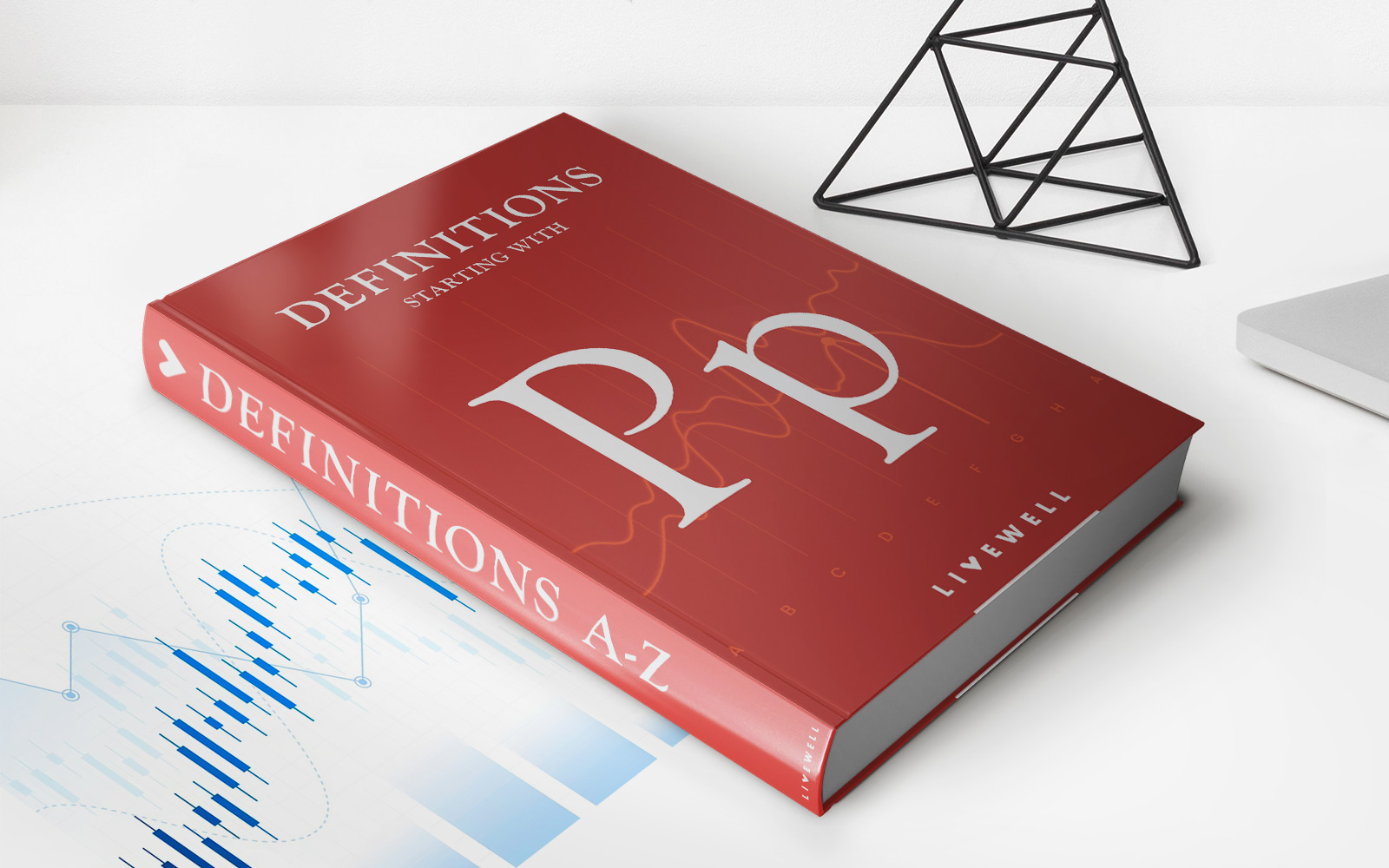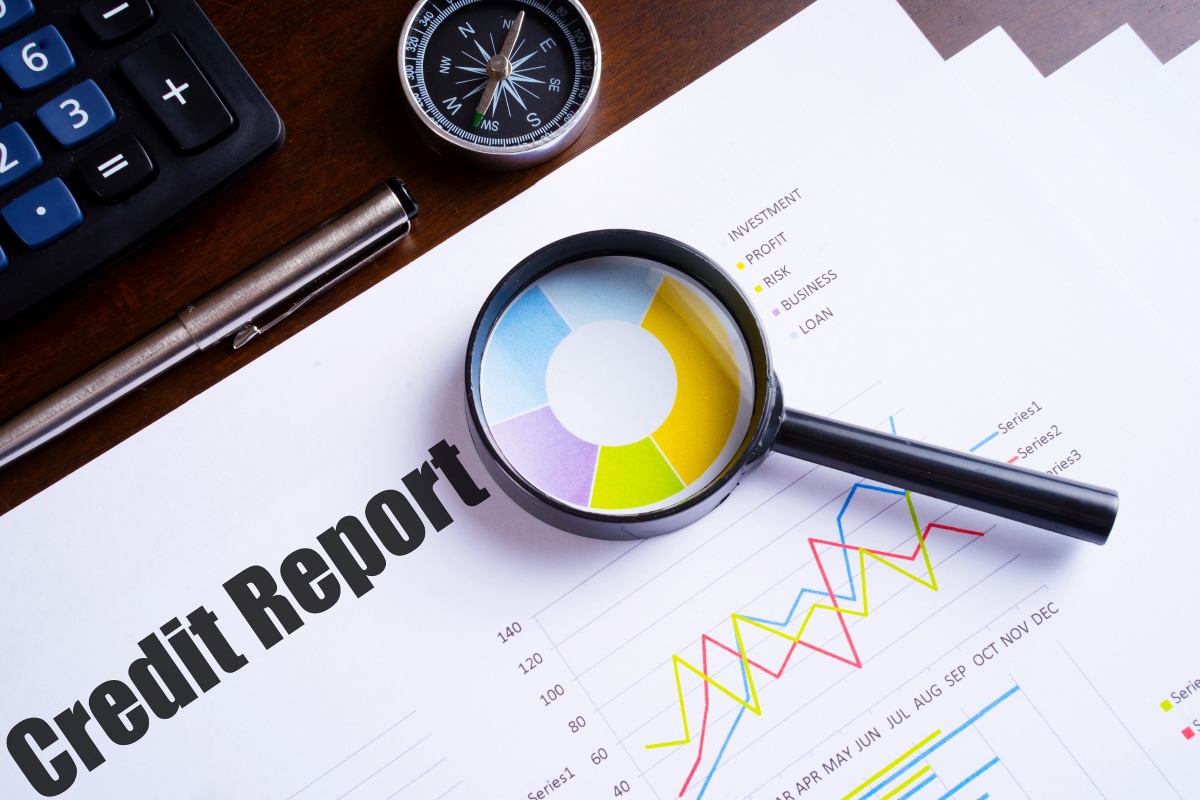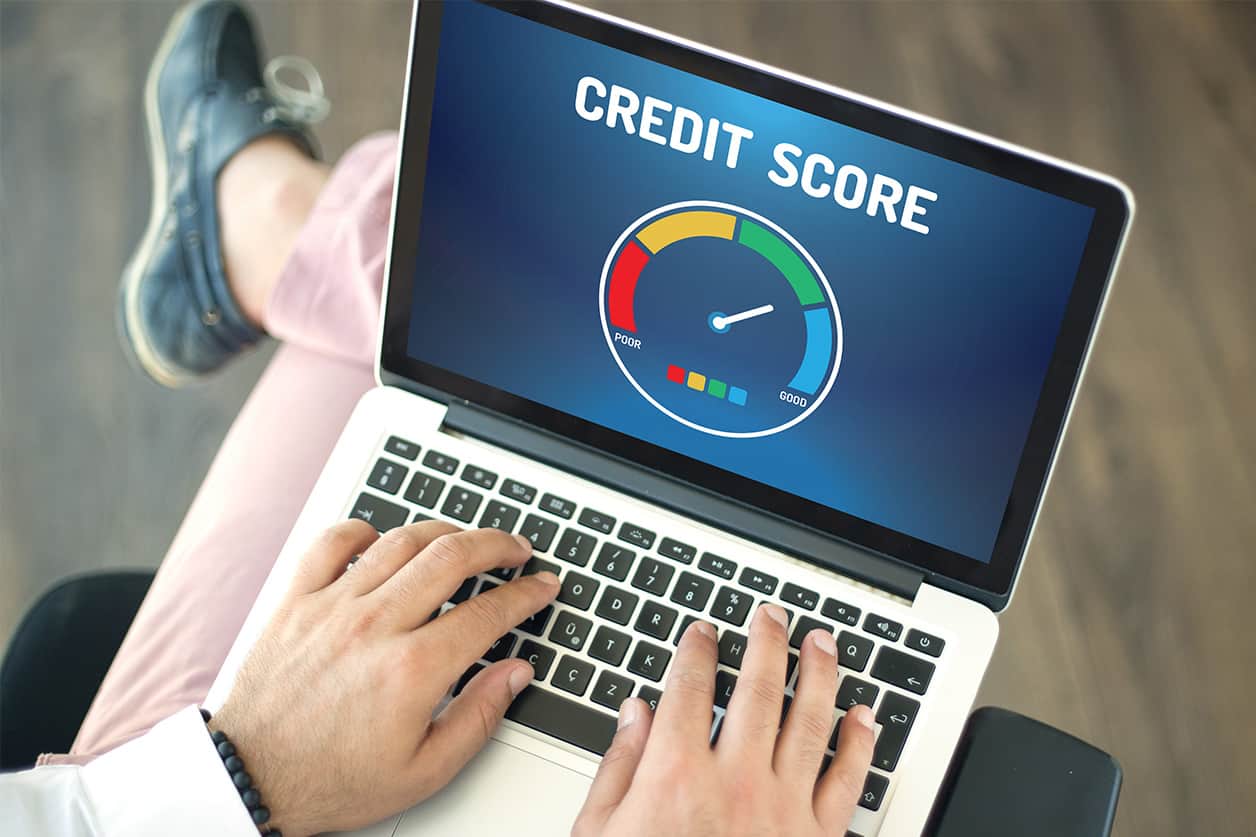Home>Finance>When Will Interest Rates Go Up On Savings Accounts


Finance
When Will Interest Rates Go Up On Savings Accounts
Modified: January 16, 2024
Discover the latest updates on finance and find out when interest rates will increase on savings accounts. Stay informed and make wise financial decisions.
(Many of the links in this article redirect to a specific reviewed product. Your purchase of these products through affiliate links helps to generate commission for LiveWell, at no extra cost. Learn more)
Table of Contents
Introduction
Welcome to the world of finance, where interest rates play a vital role in shaping the economy and impacting your personal finances. Whether you’re saving for a rainy day, a down payment on a home, or your dream retirement, understanding interest rates on savings accounts is crucial for maximizing your returns.
In this article, we will delve into the factors that affect interest rates on savings accounts, explore the current interest rate environment, discuss the role of the Federal Reserve, analyze economic and market conditions, and provide insights into when we can expect interest rate increases. Additionally, we will share strategies that can help you make the most of your savings account returns.
Interest rates on savings accounts determine how much your money can grow over time. When interest rates rise, it means that the returns on your savings will increase. On the other hand, when interest rates decline, your savings may not grow as fast. Therefore, keeping a close eye on interest rates and their potential fluctuations is essential for financial planning.
While we cannot predict with certainty when interest rates will go up on savings accounts, we can analyze various factors to gain insights and make informed assessments. By understanding the intricacies of the financial landscape, you can make better financial decisions and potentially improve your financial well-being.
Now, let’s dive deeper into the factors that can impact interest rates on savings accounts, and explore how you can proactively manage your savings to adapt to changing environments and optimize your returns.
Factors Affecting Interest Rates on Savings Accounts
Interest rates on savings accounts are influenced by a variety of factors, including:
- Monetary Policy: The monetary policy set by the central bank, such as the Federal Reserve in the United States, plays a significant role in determining interest rates. Central banks use various tools, such as adjusting key interest rates and implementing quantitative easing or tightening measures, to control inflation and stimulate or cool down the economy.
- Economic Growth and Inflation: The overall state of the economy and the rate of inflation impact interest rates on savings accounts. When the economy is thriving and inflation is rising, central banks may increase interest rates to curb inflation. Conversely, during periods of economic slowdown or low inflation, central banks often lower interest rates to encourage borrowing and spending, which can stimulate the economy.
- Market Competition: The competitive landscape among financial institutions also affects interest rates on savings accounts. Banks and credit unions may adjust their rates to attract or retain customers. When one institution offers higher rates, others may follow suit to stay competitive.
- Cost of Funds: Financial institutions must manage their cost of funds, which includes the interest they pay to depositors, in order to lend money to borrowers at a profit. If the cost of funds increases due to factors such as higher interest rates on interbank loans or increased competition for deposits, banks may raise rates on savings accounts to maintain profitability.
- Government Policies: Government policies and regulations can also impact interest rates on savings accounts. Changes in tax laws, deposit insurance requirements, or regulations on the financial sector can have effects on the interest rates offered by banks and other financial institutions.
It’s important to note that the influence of these factors on interest rates is complex and can vary over time. Therefore, it’s advisable to keep an eye on the broader economic and financial landscape to gauge potential changes in interest rates on savings accounts.
Current Interest Rate Environment
The current interest rate environment is characterized by historically low interest rates. Over the past decade, central banks around the world, including the Federal Reserve, have implemented measures to stimulate economic growth following the global financial crisis.
As a result, savings account interest rates have been significantly lower compared to previous decades. This has posed challenges for individuals looking to grow their savings through traditional savings accounts.
In the United States, the Federal Reserve slashed interest rates to near zero in response to the economic impact of the COVID-19 pandemic. The objective was to support the economy by encouraging borrowing and spending.
Low interest rates can be beneficial for borrowers, as it makes it less expensive to borrow money for various purposes such as mortgages or business loans. However, for savers, it means that the returns on their savings are limited.
It is important to stay informed about changes in the interest rate environment. While current rates may be low, they are not fixed. The Federal Reserve and other central banks are continuously monitoring economic conditions and may adjust interest rates accordingly.
While it is difficult to predict exactly when interest rates will rise, economists and financial analysts closely monitor various economic indicators and provide insights about potential changes in the interest rate environment.
As a saver, it is essential to stay proactive and explore alternative options to maximize returns on your savings in the current low-interest-rate environment. This can include looking into high-yield savings accounts, certificates of deposit (CDs), money market accounts, or potentially investing in other financial instruments that offer higher returns.
Now that we have an understanding of the current interest rate environment, let’s explore the role of the Federal Reserve in setting interest rates and monitoring the economy.
The Role of the Federal Reserve
The Federal Reserve, often referred to as the “Fed,” is the central banking system of the United States. It plays a crucial role in setting interest rates and implementing monetary policy to maintain price stability and promote economic growth.
One of the primary tools the Federal Reserve uses to influence interest rates is the federal funds rate. This is the interest rate at which banks lend and borrow money from each other overnight. Changes in the federal funds rate can have a ripple effect on other interest rates, including those on savings accounts.
The Federal Reserve’s monetary policy decisions are influenced by its dual mandate: to promote maximum employment and stable prices. When the economy is strong and inflation is a concern, the Federal Reserve may raise interest rates to prevent the economy from overheating and to control rising prices. Conversely, during periods of economic weakness or low inflation, the Federal Reserve may lower interest rates to stimulate borrowing and spending and to support economic growth.
It is important to note that the Federal Reserve’s actions are based on its analysis of economic data and trends. The Federal Open Market Committee (FOMC), a key policymaking body within the Federal Reserve, meets regularly to assess economic conditions and make decisions on interest rates and other monetary policy measures.
When the Federal Reserve announces changes in interest rates, it can have a widespread impact on financial markets and individual consumers. A rate increase can lead to higher borrowing costs, which can affect everything from mortgages to credit card rates. Conversely, a rate cut can incentivize borrowing and stimulate economic activity.
It’s important to stay informed about the Federal Reserve’s actions and announcements. This can help you understand the potential direction of interest rates and make informed decisions regarding your savings and investments.
Now that we have a deeper understanding of the role of the Federal Reserve in shaping interest rates, let’s explore the economic and market conditions that can influence the trajectory of interest rates on savings accounts.
Economic and Market Conditions
Economic and market conditions play a significant role in determining interest rates on savings accounts. These conditions can include factors like economic growth, inflation, unemployment rates, and investor sentiment.
When the economy is in a period of robust growth, with low unemployment and strong consumer spending, it can put upward pressure on interest rates. This is because higher demand for borrowing can lead to increased competition for funds, prompting financial institutions to raise interest rates on savings accounts to attract deposits.
Inflation is another key factor that influences interest rates. Inflation refers to the overall increase in prices over time. When inflation is high or expected to increase, interest rates tend to rise as well. Higher interest rates help combat inflation by discouraging excessive borrowing and spending.
Market conditions, including stock market performance, also impact the direction of interest rates. During periods of strong stock market performance, investors may be more inclined to take on risk and invest in equities rather than traditional savings accounts. In response, financial institutions may raise interest rates on savings accounts to incentivize deposits.
On the other hand, during periods of economic uncertainty or market volatility, investors may seek the safety and stability of savings accounts. This can result in increased demand for savings accounts and potentially lead to higher interest rates due to the increased competition among financial institutions for deposits.
It’s important to stay informed about the economic and market conditions to gauge potential changes in interest rates on savings accounts. Monitoring economic indicators such as Gross Domestic Product (GDP) growth, inflation rates, and employment data can provide insights into the overall health of the economy and potential future trends.
Financial news outlets, economic research reports, and updates from central banks can also provide valuable information on economic and market conditions. By staying informed, you can make more informed decisions about managing your savings and adjusting your strategy based on the prevailing economic environment.
Now, let’s move on to the next section where we will discuss the anticipated timing of interest rate increases on savings accounts.
Anticipated Timing of Interest Rate Increases
Predicting the exact timing of interest rate increases on savings accounts is a challenging task. The timing depends on various factors, including economic conditions, inflation trends, and the monetary policy decisions of central banks.
While it is not possible to provide an accurate timeframe, economic forecasts and expert opinions can offer insights into the potential timing of interest rate increases:
- Economic Recovery and Inflation: As the global economy recovers from the impact of the COVID-19 pandemic, central banks may consider raising interest rates to prevent inflation from accelerating. A strong economic recovery and rising inflation can signal a potential need for interest rate increases on savings accounts.
- Central Bank Guidance: Paying attention to the communication and guidance provided by central banks, such as the Federal Reserve’s statements and press conferences, can offer insights into their thinking and potential future actions regarding interest rates.
- Market Expectations: Market participants, including investors and financial institutions, closely monitor economic indicators and central bank policies to make their own predictions about future interest rate movements. The collective expectations of the market can influence interest rate trends.
- Global Factors and Interconnectedness: Economic factors and policies implemented in other countries can also impact interest rate decisions. Global economic trends, geopolitical events, and foreign central bank actions can influence interest rates in one country and have ripple effects across the world.
It’s important to remember that any predictions or anticipated timing of interest rate increases are subject to change based on new data and evolving economic conditions. Central banks maintain flexibility in responding to economic developments and adjusting monetary policies accordingly.
As an individual saver, it is advisable to focus on long-term financial planning and consider how potential interest rate increases may affect your savings goals. By diversifying your investment portfolio, staying informed about current economic trends, and regularly reviewing your financial strategy, you can adapt to changing interest rate environments and maximize your savings account returns.
Now that we have explored the anticipated timing of interest rate increases, let’s discuss strategies for maximizing your savings account returns.
Strategies for Maximizing Savings Account Returns
While interest rates on savings accounts may be subject to external factors, there are strategies you can implement to maximize your savings account returns:
- Shop Around for the Best Rates: Different financial institutions offer varying interest rates on savings accounts. Take the time to research and compare rates to find the best option for your needs. Online banks and credit unions often offer higher rates than traditional brick-and-mortar banks.
- Consider High-Yield Savings Accounts: High-yield savings accounts typically offer competitive interest rates that can help your savings grow faster. These accounts often come with certain requirements, such as maintaining a minimum balance or setting up direct deposits. Evaluate the terms and conditions to ensure they align with your financial goals.
- Explore Certificates of Deposit (CDs): CDs are time deposits that offer higher interest rates than regular savings accounts. By locking your savings into a CD for a specific period, you can earn a fixed rate of return. Consider the term length and withdrawal restrictions when choosing a CD.
- Utilize a Ladder Strategy for CDs: With a CD ladder strategy, you spread your money across multiple CDs with different maturity dates. This approach allows you to have access to a portion of your savings periodically while taking advantage of higher rates on longer-term CDs.
- Automate Regular Savings Contributions: Set up automatic transfers from your checking account to your savings account on a regular basis. Consistent contributions help you build your savings and take advantage of compound interest over time.
- Consider Interest-Bearing Checking Accounts: Some checking accounts offer interest on your balance, although typically at a lower rate than savings accounts. If you keep a significant amount of money in your checking account, it may be worth exploring interest-bearing options.
- Review and Negotiate Fees: Be mindful of any fees associated with your savings account. Review the account terms and negotiate with your financial institution to reduce or waive fees, allowing more of your savings to grow.
- Optimize Your Budget: Finding ways to save more money can provide additional funds to deposit into your savings account. Analyze your budget, identify areas for potential savings, and redirect those funds towards your savings goals.
Remember to always do thorough research and assess your individual financial situation when considering these strategies. It’s essential to balance the potential returns with any associated fees, withdrawal restrictions, or other considerations.
By implementing these strategies and staying proactive in managing your savings, you can ensure that you make the most of your savings account returns, even in a low-interest-rate environment.
Before we conclude, let’s summarize the key points discussed in this article.
Conclusion
Navigating the world of interest rates on savings accounts requires a deep understanding of various factors that influence their movements. While the timing of interest rate increases is uncertain, it’s crucial to stay informed about economic conditions, central bank policies, and market trends to make informed decisions regarding your savings.
In the current low-interest-rate environment, it’s important to explore strategies for maximizing your savings account returns. Shopping around for the best rates, considering high-yield savings accounts or CDs, automating regular savings contributions, and optimizing your budget are just a few strategies that can help you make the most of your savings.
Additionally, staying proactive and adaptable in managing your savings is key. As interest rates fluctuate, it’s essential to review your financial strategy regularly and consider diversifying your investment portfolio based on your risk tolerance and financial goals.
Remember, interest rates can change in response to economic conditions and monetary policy decisions. While we cannot predict the future with certainty, by staying informed and taking a proactive approach, you can position yourself for financial success and make the most of your savings.
So, whether you’re saving for a specific goal, building an emergency fund, or securing your future, understanding interest rates on savings accounts is essential. By implementing the strategies discussed and staying attuned to the economic landscape, you can maximize your savings account returns and work towards achieving your financial aspirations.
Start taking action today, and watch your savings grow. Happy saving!

